1. Taj Mahal, India
Photo: RuthChoi
The Taj Mahal is a labor of love. Emperor Shah Jahan built it in honor of his favorite wife, Mumtaz Mahal, who bore 14 children but died in labor. Jahan was lost without her, and in 1631, he began construction on what is probably the world’s most elaborate and expensive mausoleum (though the tomb itself is unadorned per Muslim law). Construction required a rumored some 20,000 laborers and 1,000 elephants, who hauled marble from all over the region. The Taj is famously symmetrical, which is part of why it’s so beautiful to look at and photograph. It you go, go for sunrise before it gets overwhelmed with visitors.
Photo: muratart/Shutterstock
To see the white-marble masterpiece in person, head to Agra in the state of Uttar Pradesh, about 125 miles southeast of New Delhi. You can get there by train, bus, or car via the Yamuna Expressway. The Taj Mahal is open every day except Friday from just before sunrise to just before sunset. Tickets are $15 for foreign tourists, plus an extra $3 for the main mausoleum. Visitors can go inside provided they remove their shoes or wear the shoe covers available on site.
2. Christ the Redeemer, Brazil
Photo: marchello74/Shutterstock
Photo: marchello74/Shutterstock
This iconic Christ statue is found in an equally iconic city, Rio de Janeiro. It was completed in 1931, though a priest first proposed building a religious monument on Mount Corcovado almost a century earlier. While Christ is often depicted on a cross, this towering, bright white figure stands 98 feet tall with its arms outstretched. Generally viewed as a symbol of peace and welcoming, it’s covered in thousands of small stone tiles that were painstakingly applied by devout women.
Photo: ricardo cohen – rcview/Shutterstock
Christ the Redeemer, or Cristo Redentor in Portuguese, offers beautiful views over the city, Sugarloaf Mountain, and the bay, particularly at sunset. You can take a cog train, taxi, or van up Mount Corcovado or hike to the statue from Parque Lage in the Jardim Botânico neighborhood. The train runs daily from 8:00 AM to 7:00 PM, and tickets must be purchased in advance. Prices vary between the low season (May-September) and high season (December-April), but expect to pay around $15-20 for an adult ticket.
3. Petra, Jordan
Photo: Scott Sporleder
Photo: Kate Siobhan Mulligan
Petra comes from the ancient Greek “Petros,” meaning “rock,” which is a boring name for a very not boring place. Petra is in the south of Jordan between the Dead Sea and the Red Sea, a few hours’ drive from the capital city, Amman, and it’s believed to have been established around 300 BC.
To access it, you have to walk about 15 minutes through a narrow canyon called the Siq. Exiting the narrow passage, you’re greeted by one of the greatest sights on Earth: the Treasury. Carved into the rock face, it’s enormous and overwhelming, and the sandstone is a kaleidoscope of pinks, oranges, and reds. The colors turn bolder and bolder at sunset, setting the city on fire — not just the Treasury but the whole city, which was forgotten until a Swiss explorer rediscovered it in 1812.
Photo: Richard Yoshida/Shutterstock
If you visit, go on a day when there is an after-dark event. Stay in the ruins until dusk, then head back to the Treasury. You’ll be treated with candlelight and a view before the crowds arrive. Visitors can choose between tickets for one to three days, starting at $70 for a single day. Accommodations and transportation are available in nearby Wadi Musa.
4. The Great Wall of China
Photo: zhu difeng/Shutterstock
Photo: aphotostory/Shutterstock
The Great Wall is something of a misnomer. The wall is not actually continuous but many walls built at different times and for different reasons; many were joined together, but gaps still exist. Some parts of the wall feel newer and almost pristine — these were built during the Ming Dynasty when the Ming were at war with Mongolians around the 1300s. The older walls date back as far as 700 BC, and these sections show their age today. Still, the Great Wall weaves and winds over the hills where China borders Mongolia, measuring about 20,000 kilometers (12,427 miles) and crossing nine provinces.
Photo: HelloRF Zcool/Shutterstock
The Great Wall of China is a popular day trip from Beijing, with the restored Badaling and Mutianyu sections only 1.5 hours away and accessible by car or bus. Both are outfitted with cable cars to save visitors a steep trek up, making them good options for most travelers. Wild, unrestored sections like Jiankou, about two and a half hours from Beijing, attract more experienced hikers and may require a tour guide. Tickets to the Great Wall cost about $6.50, plus another $17.50 or so for the round-trip cable car ride.
5. The Colosseum, Rome
Photo: prochasson frederic/Shutterstock
Photo: Georgy Kuryatov/Shutterstock
This beauty was commissioned in Rome around 70 AD. The massive amphitheater has over 80 entrances and seating for at least 50,000 people. Spectators would come to watch gladiators battle, animals fight or be hunted, and much more. While some parts of the Colosseum have crumbled — from earthquakes, looters, vandals, or fire — it’s still a gorgeous sight, even despite the throngs of tourists.
Photo: CoolR/Shutterstock
The Colosseum is open from 8:30 AM to an hour before sunset every day. Standard admission is about $13 and allows access to the Colosseum, Roman Forum, and Palatine Hill. Tickets can be purchased on site, but there’s a good chance the line will be unbearably long. Consider buying a Roma Pass from a tourist office for free entry to your first two stops in the city, discounts on visits to subsequent attractions, and free transportation. Passholders can make a reservation at the Colosseum for a $2 fee and skip the line altogether.
6. Machu Picchu, Peru
Photo: Mark Skalny/Shutterstock
Photo: vitmark/Shutterstock
Machu Picchu is one of the most impressive sites in Peru — and on the planet. Built 7,000 feet above sea level, the ancient citadel dates back to the height of the Incan Empire in the 15th century. It’s estimated that only about 750 people lived here as it was a royal estate rather than a proper city. In the native tongue, Quechua, the name means “Old Peak,” but the excellently constructed site wears its age gracefully and is impressively maintained.
Photo: VarnaK/Shutterstock
Machu Picchu is open year-round with summer being peak season. To get there, take a train from Cusco to the town of Aguas Calientes, where you can hike or take a bus to the entrance. Some dedicated, and athletic, travelers opt to hike the Inca Trailall the way from Cusco, arriving at Machu Picchu four to six days later. Try to get there early for sunrise or stick around as the sun prepares to set — you’ll have to leave before the sun goes down, but you’ll enjoy a quieter visit later on. Tickets cost $45 for foreign tourists with additional fees to access Huayna Picchu, Machu Picchu Mountain, or the site’s museum. Read up on the new regulations for 2019.
7. Chichén Itzá, Mexico
Photo: piotreknik/Shutterstock
Photo: Joseph Sohm/Shutterstock
Found in the Yucatán state, Chichén Itzá is a massive Mayan city that was once a powerhouse in the area. Its heyday was from around 600 AD to 1200 AD, and its name translates to “at the mouth at the well of Itza.” As to what Itza is, it’s believed to refer to an ethnic group or translate to “enchanter of the waters.” The name makes sense either way as the Yucatán Peninsula is famous for its underwater rivers and open freshwater sinkholes, called cenotes. Water was integral to life here — and likely a factor in the city’s success before its eventual, mysterious decline.
Photo: xabi_kls/Shutterstock
An easy day trip from some of Mexico’s most popular destinations, Chichen Itza lies about two hours and 120 miles from Cancun, 95 miles from Tulum, and 75 miles from Merida. It’s a large site, however, with highlights like the Sacred Cenote and El Castillo pyramid to explore, so you may want to look into booking accommodation. Machu Picchu is open from 8:00 AM to 5:00 PM every day and costs $25 to visit. Go early in the morning to avoid the crowds, or plan your visit around an equinox to witness the serpent-like effect of the sun on the steps of El Castillo.
Note: This story was originally published in February of 2018 and was updated in july of 2019 with more information.




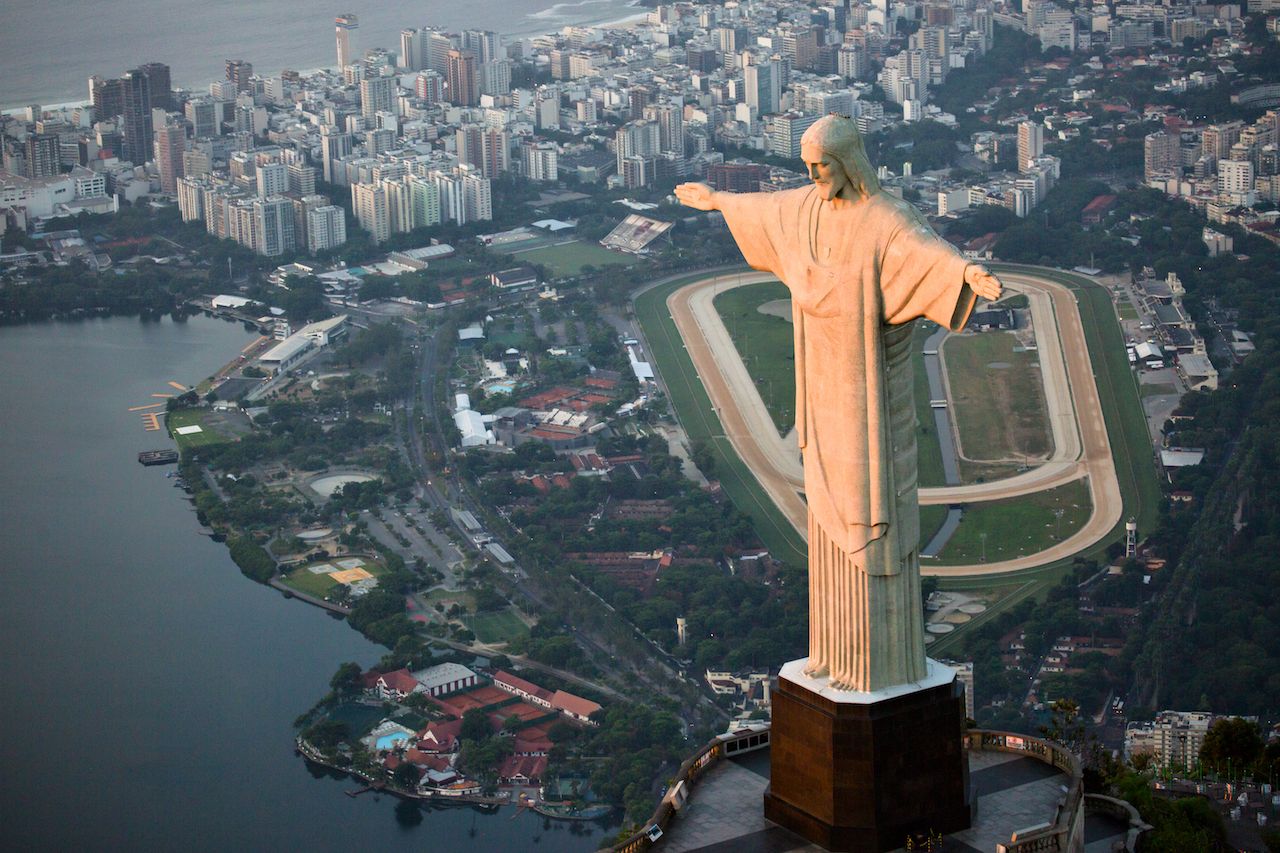
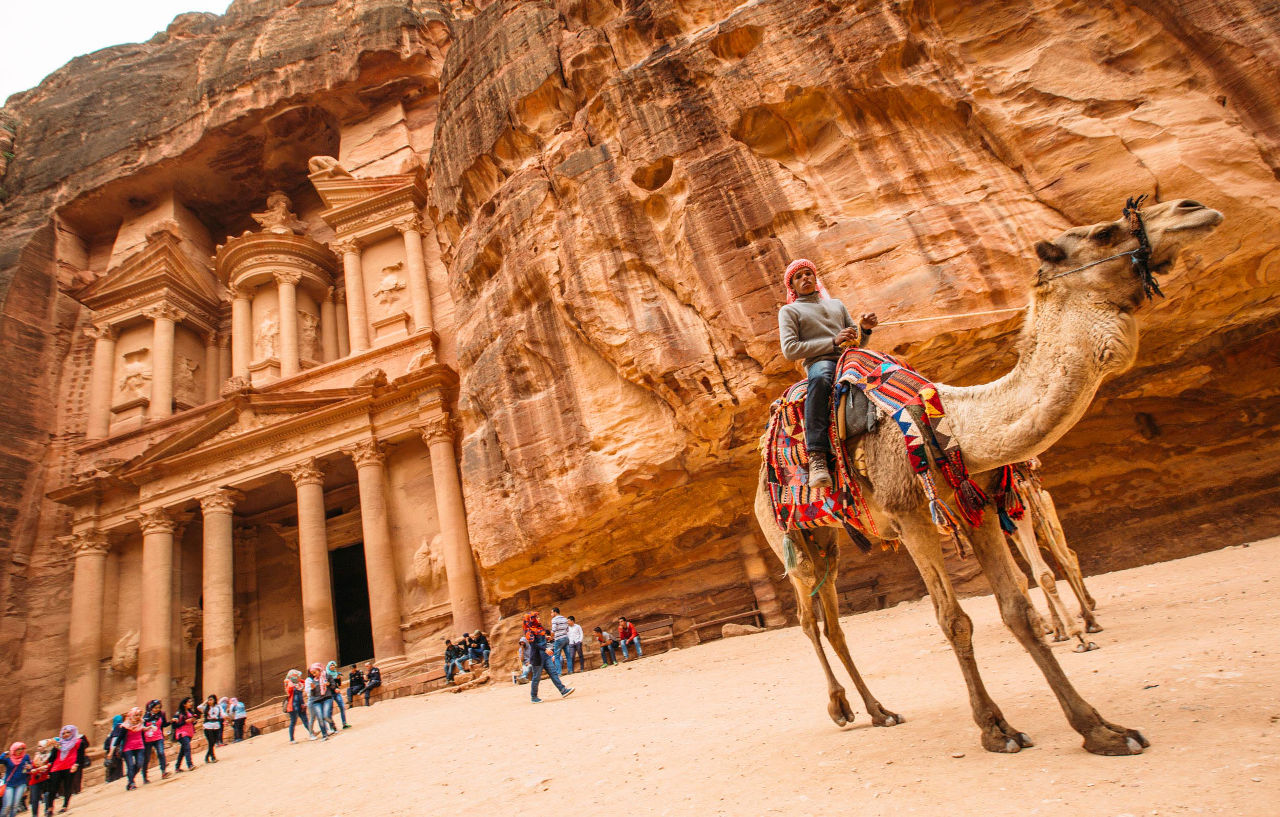

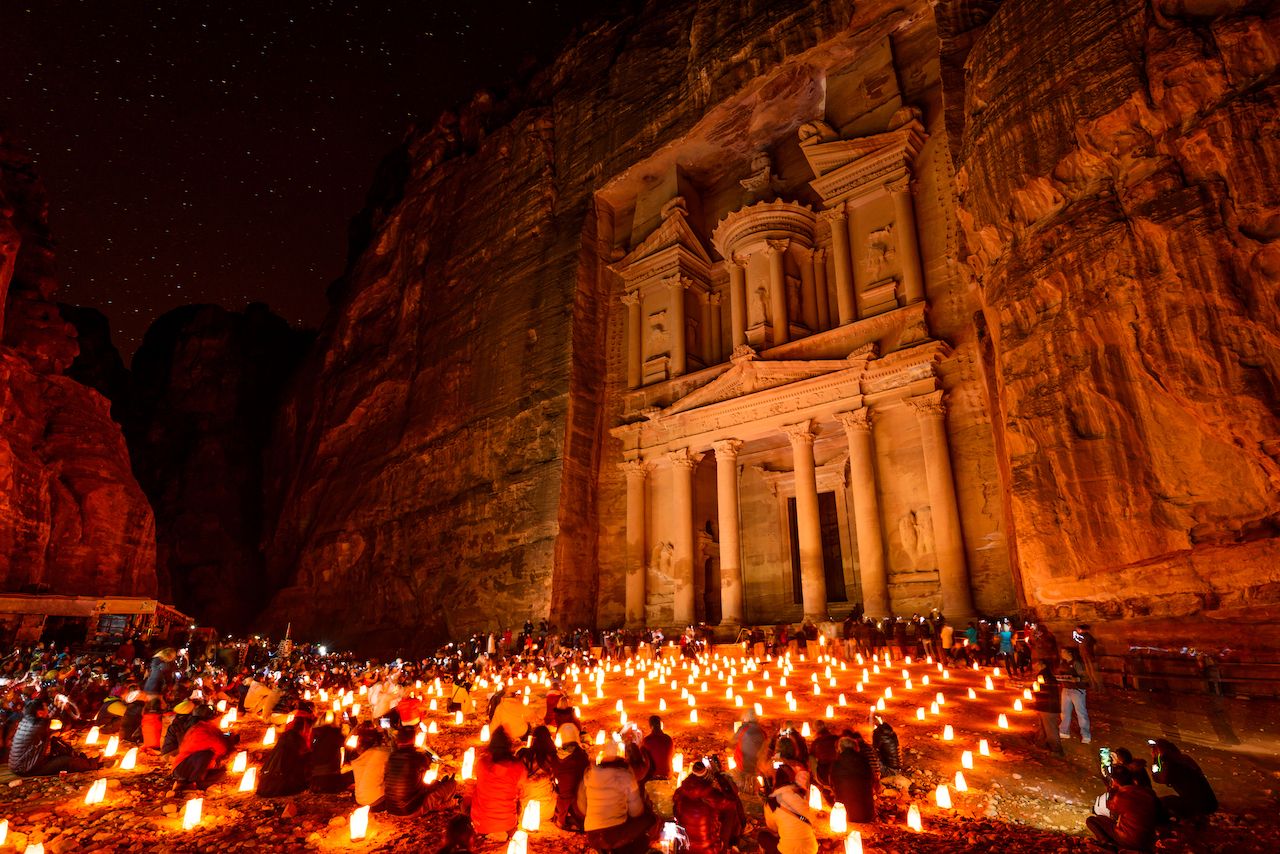

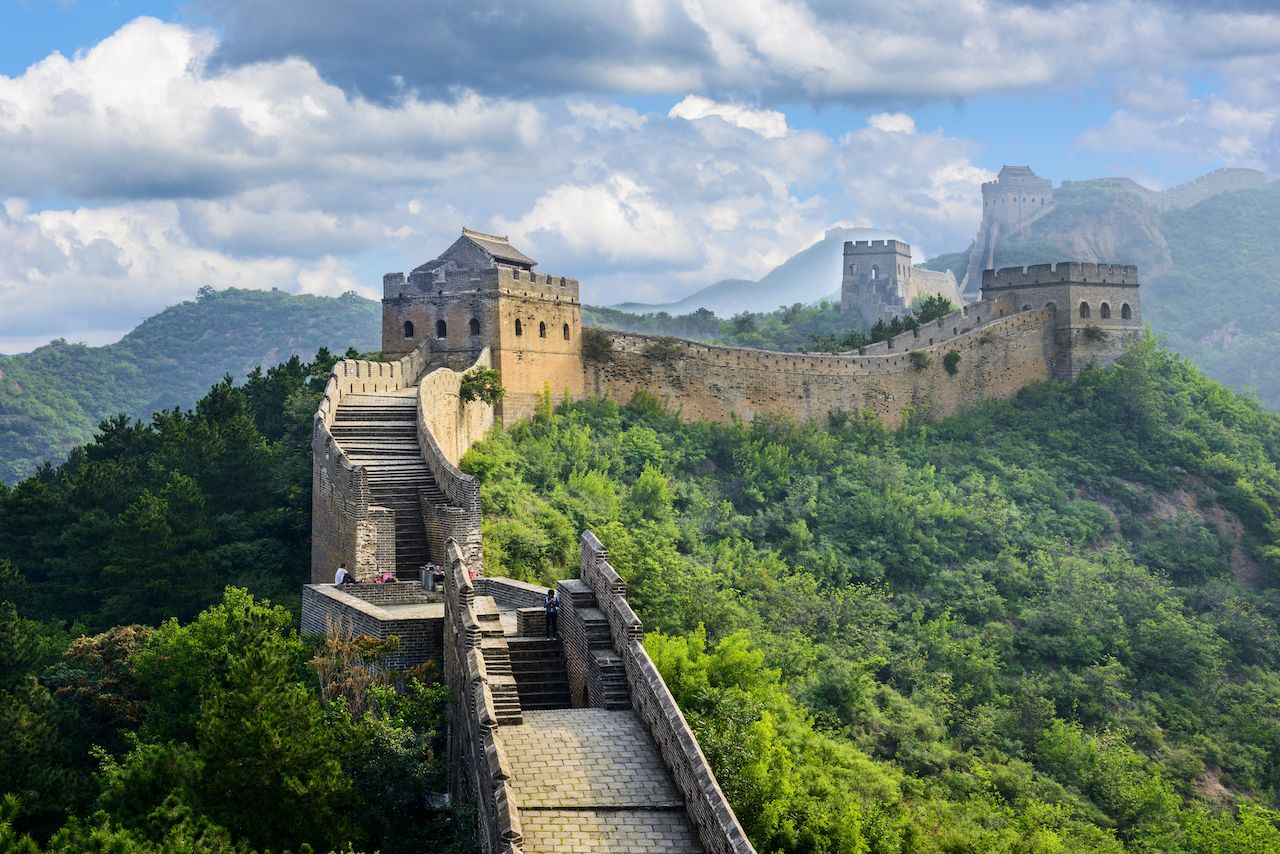
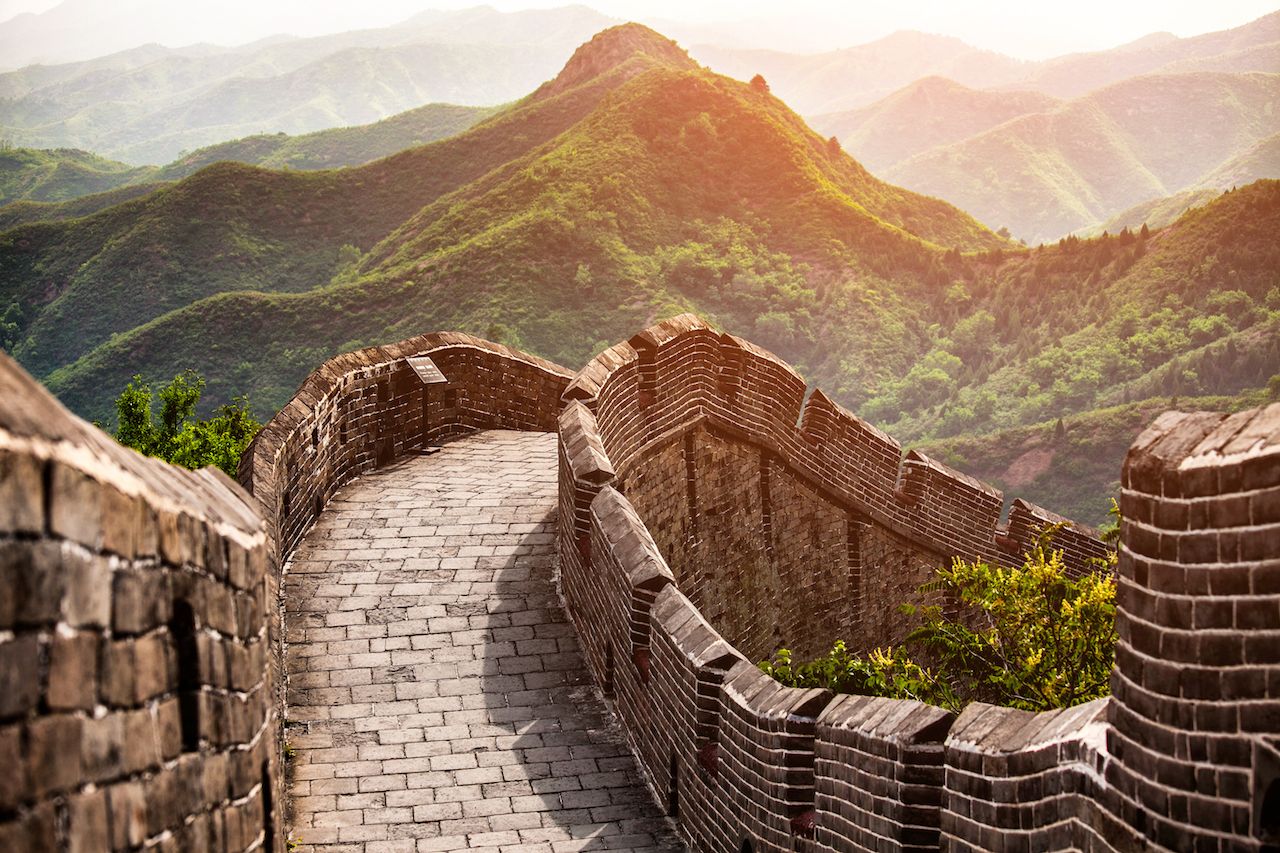
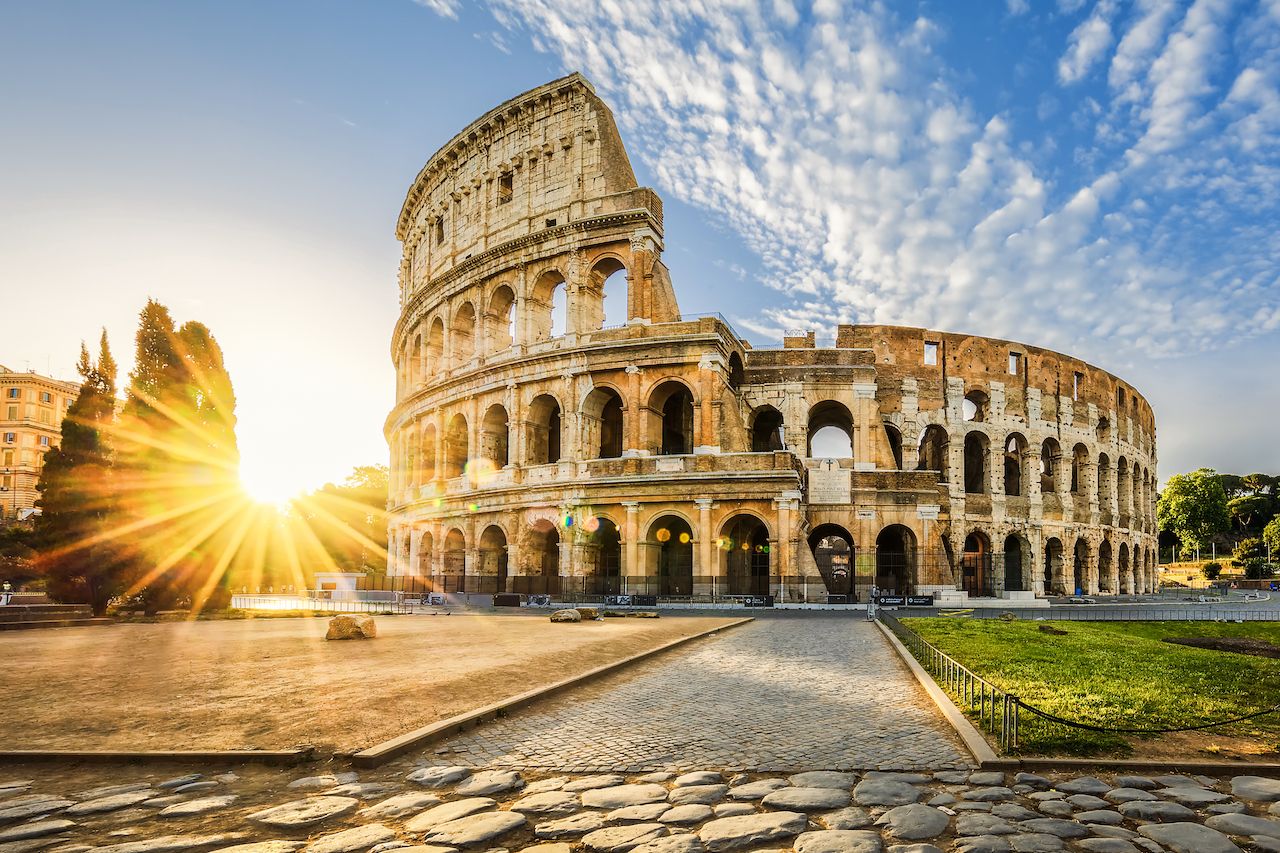

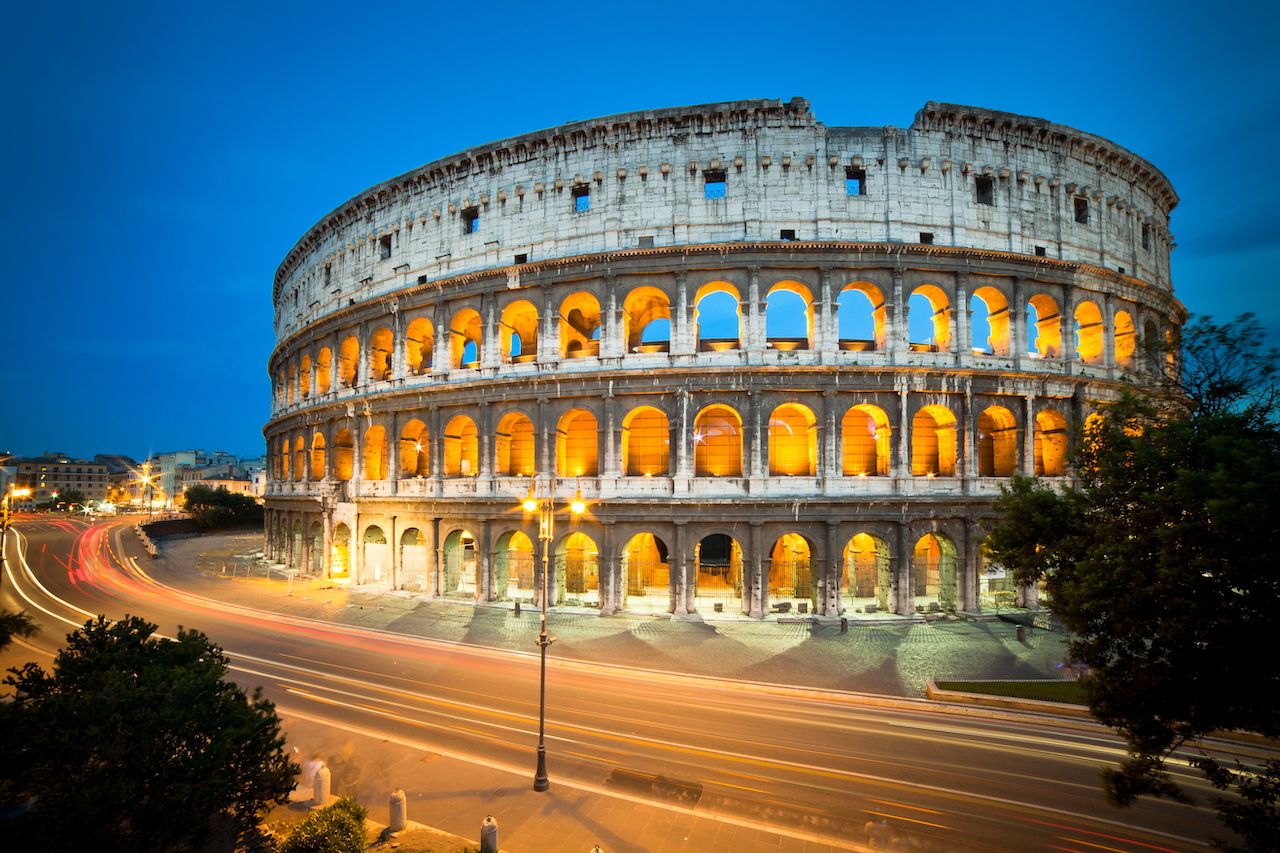
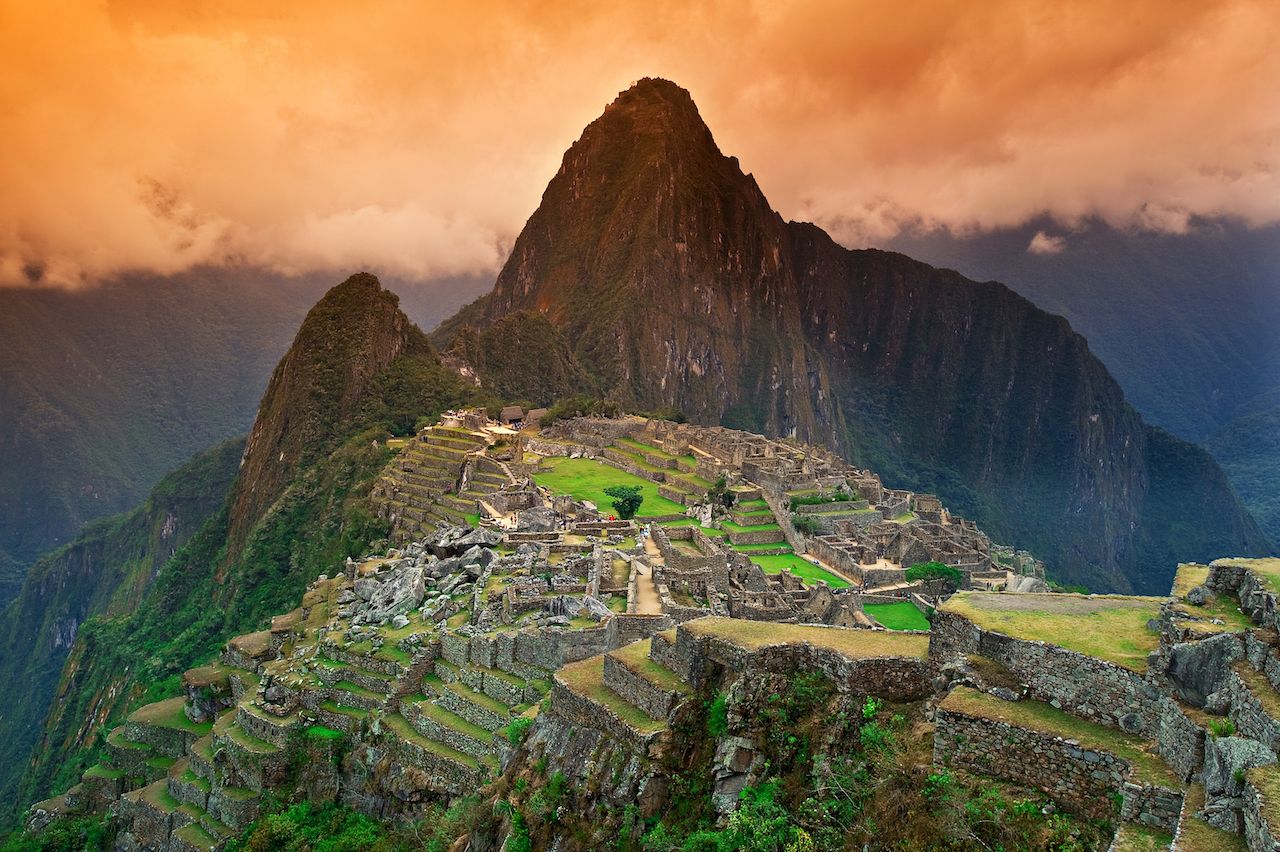
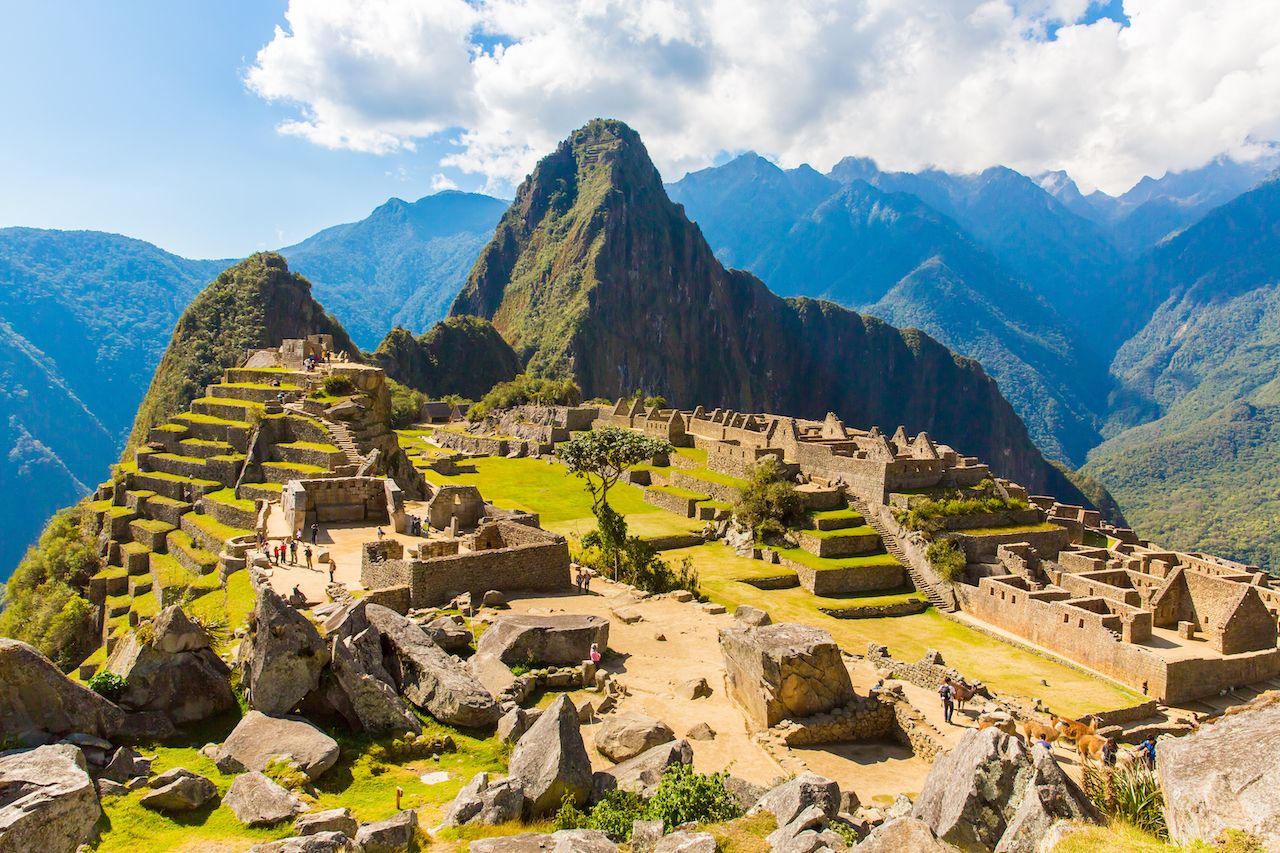
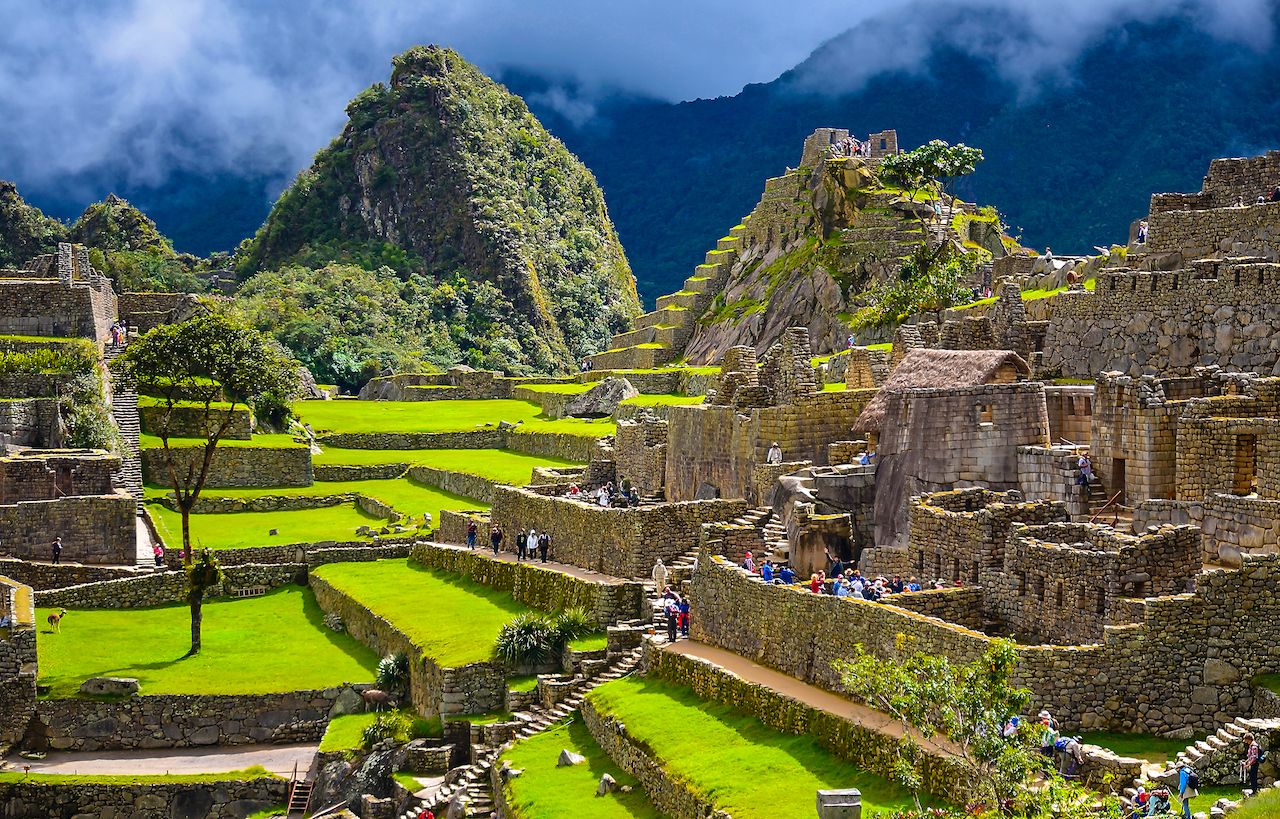
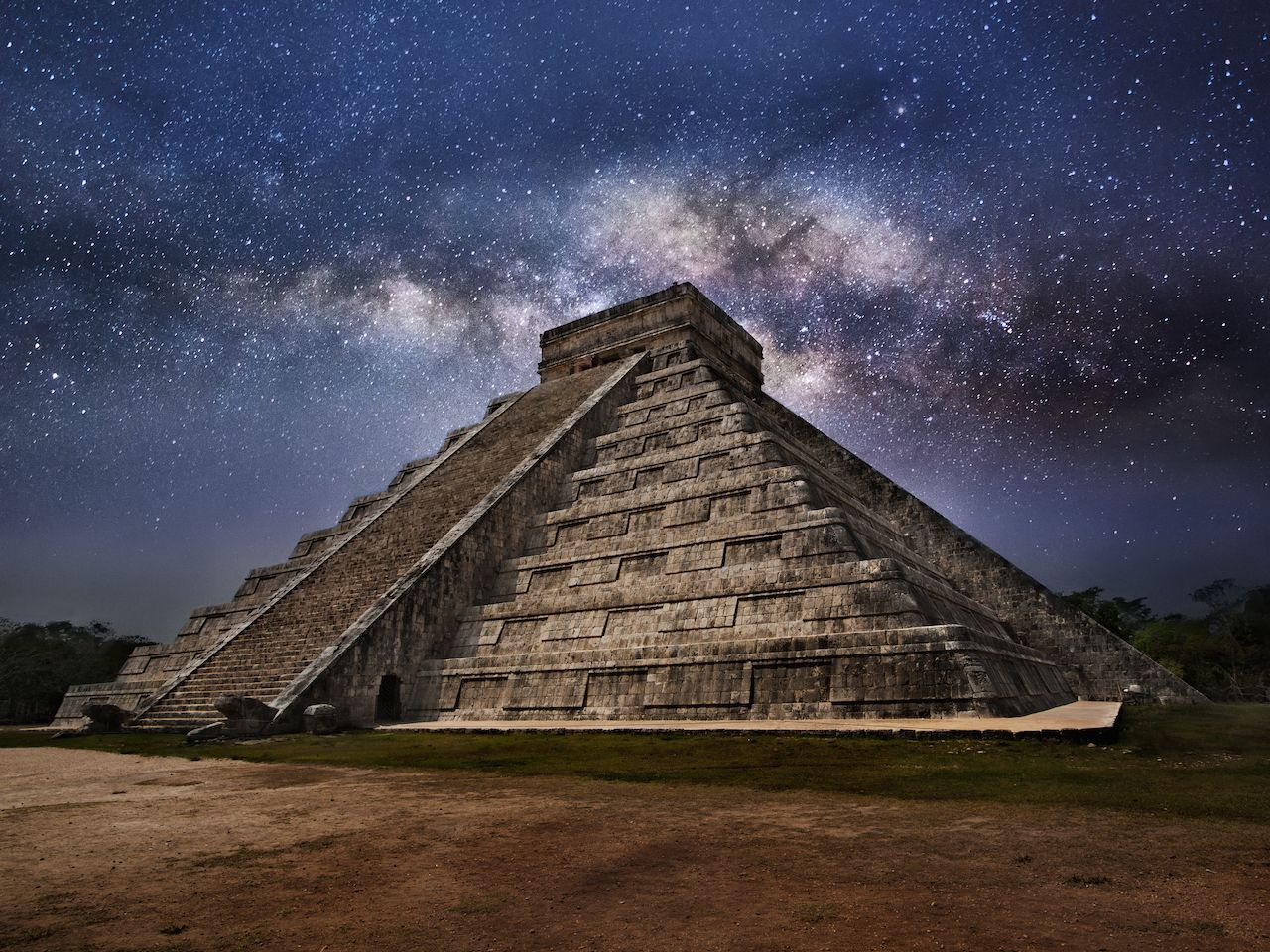

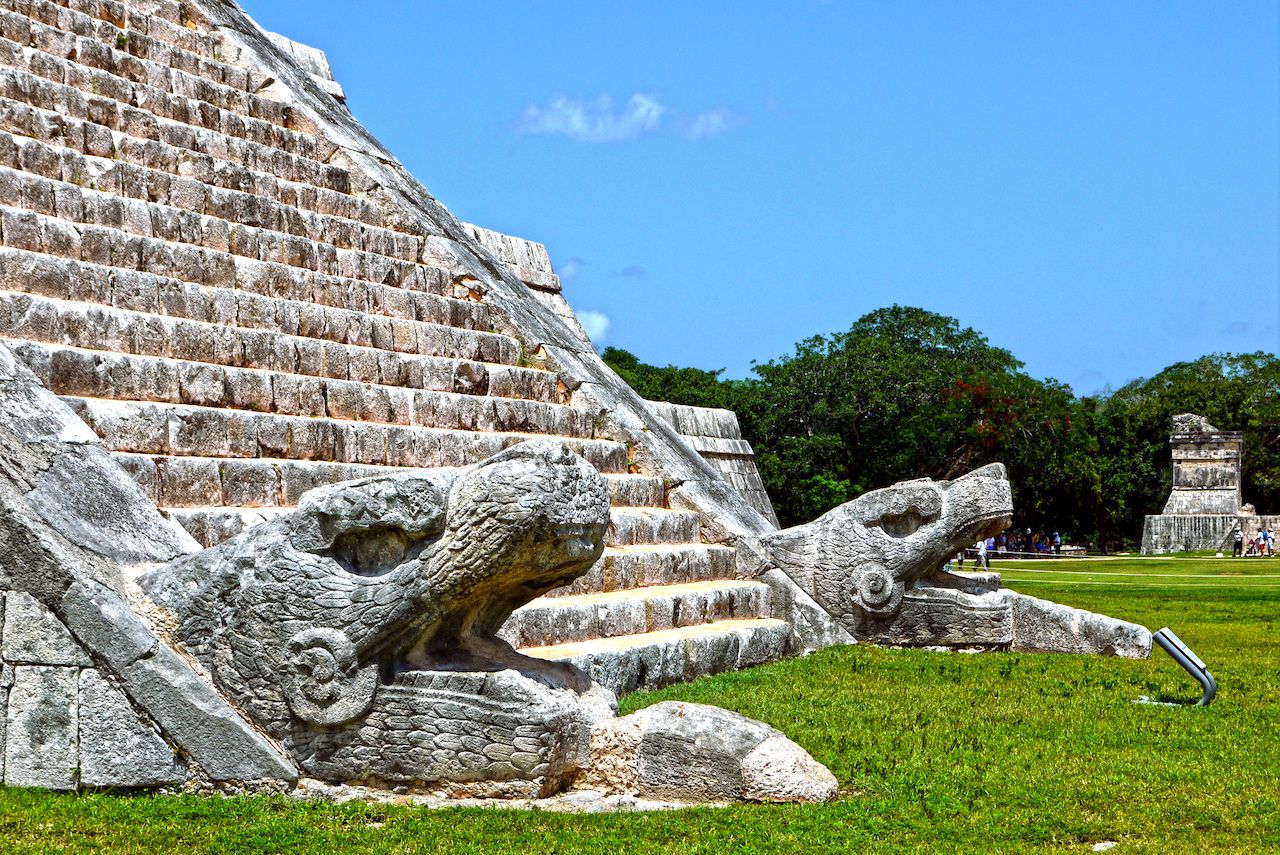


No comments:
Post a Comment